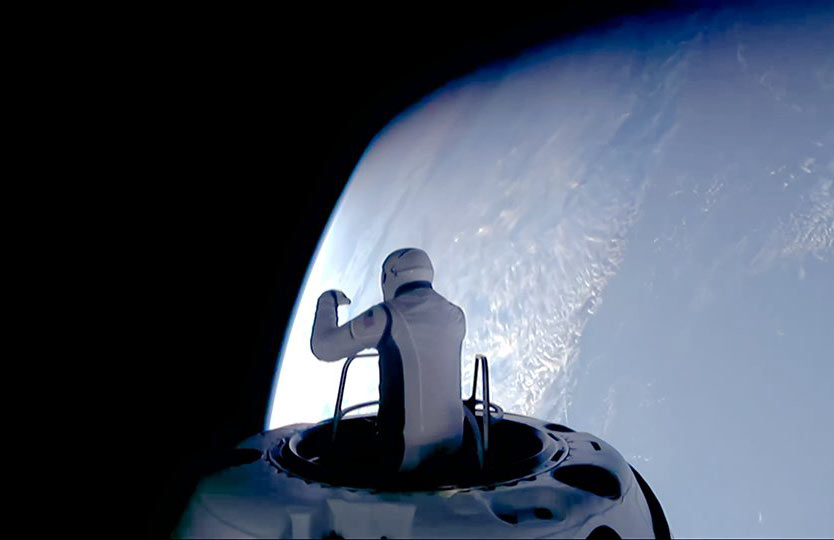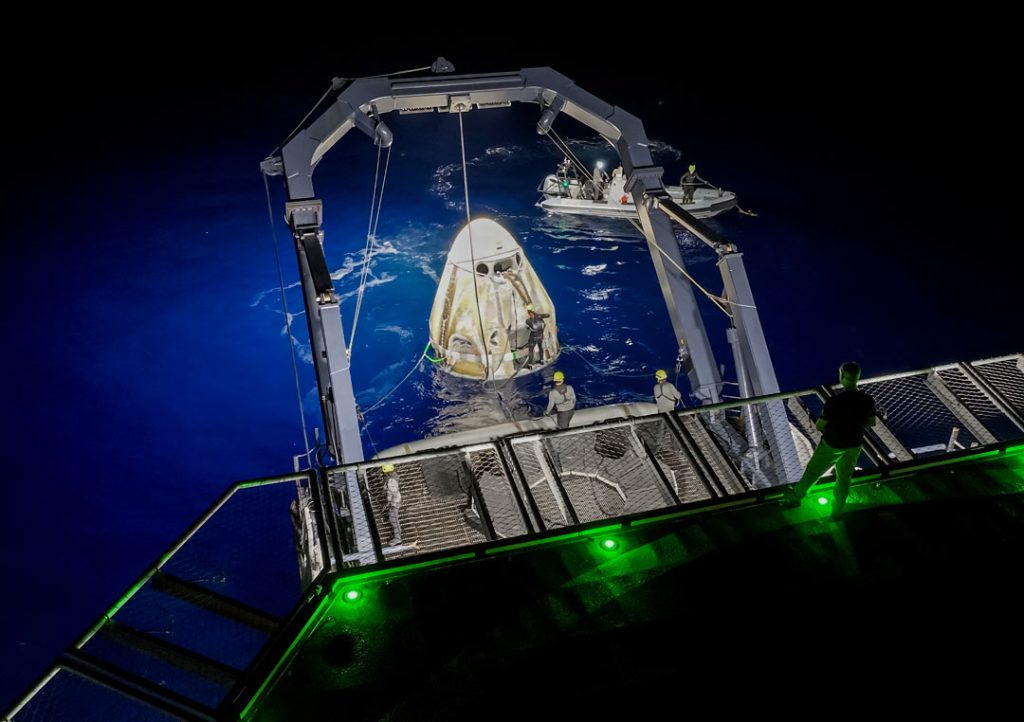
In a groundbreaking achievement for private spaceflight, the Polaris Dawn mission, spearheaded by SpaceX in collaboration with billionaire Jared Isaacman, has concluded with resounding success.
The mission pushed the boundaries of human spaceflight, accomplished the world’s first all-civilian spacewalk, and set a new altitude record for Earth orbit since the Apollo era.
The Spacewalk
The highlight of the Polaris Dawn mission was undoubtedly the spacewalk, where Jared Isaacman and SpaceX engineer Sarah Gillis ventured outside their Crew Dragon capsule on September 12, 2024.
This marked the first time a commercial spacewalk was conducted from a spacecraft without an airlock, exposing the entire cabin to the vacuum of space.
The spacewalk, lasting approximately two hours, showcased SpaceX’s new EVA (Extra-Vehicular Activity) suits, designed for comfort and flexibility, which could potentially revolutionize future space missions.
Record-Breaking Orbit
Polaris Dawn wasn’t all about the spacewalk. The mission also achieved an orbital altitude of about 870 miles above Earth’s surface, the highest since the Apollo missions, providing valuable data on space radiation and its effects on both human physiology and spacecraft materials. This altitude allowed the crew to pass through the inner Van Allen radiation belt, offering insights crucial for future lunar and Mars missions.
Return to Earth

The mission concluded with a splashdown off the coast of Dry Tortugas, Florida, early Sunday morning. The Crew Dragon capsule, named Resilience, re-entered Earth’s atmosphere, creating a spectacular trail of plasma before safely landing in the Gulf of Mexico at approximately 3:36 a.m. ET.
The crew, including Isaacman, Sarah Gillis, Scott “Kidd” Poteet, and Anna Menon, were greeted with cheers and hugs as they stepped onto the recovery ship, ending a five-day journey that has been hailed as a new dawn for commercial space travel.
Scientific and Technological Achievements
Beyond the spacewalk and altitude record, Polaris Dawn conducted around 40 science experiments, including testing SpaceX’s Starlink satellite internet service in space, which could pave the way for continuous, high-speed internet connectivity for future space missions.
The mission’s success validated SpaceX’s technology and significantly lowered the barriers for future deep space exploration by demonstrating the viability of private spaceflight for extended periods.